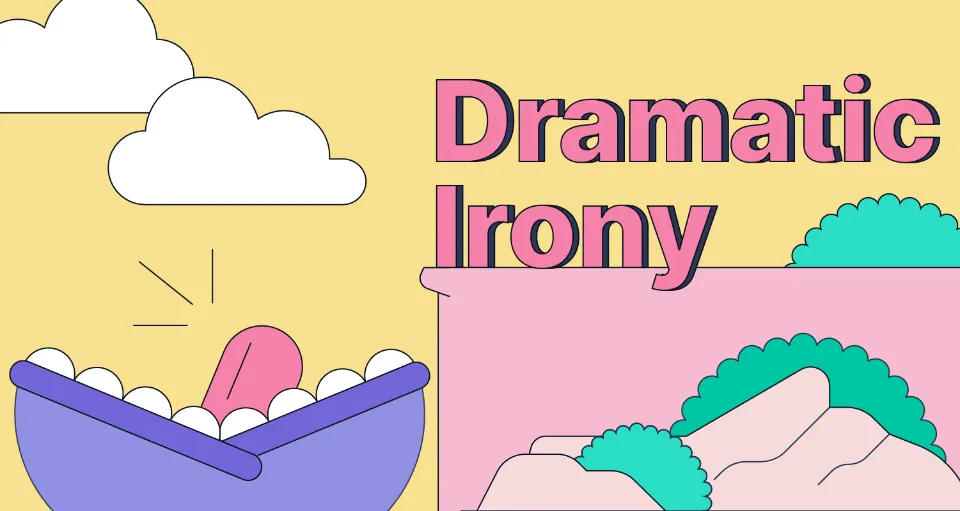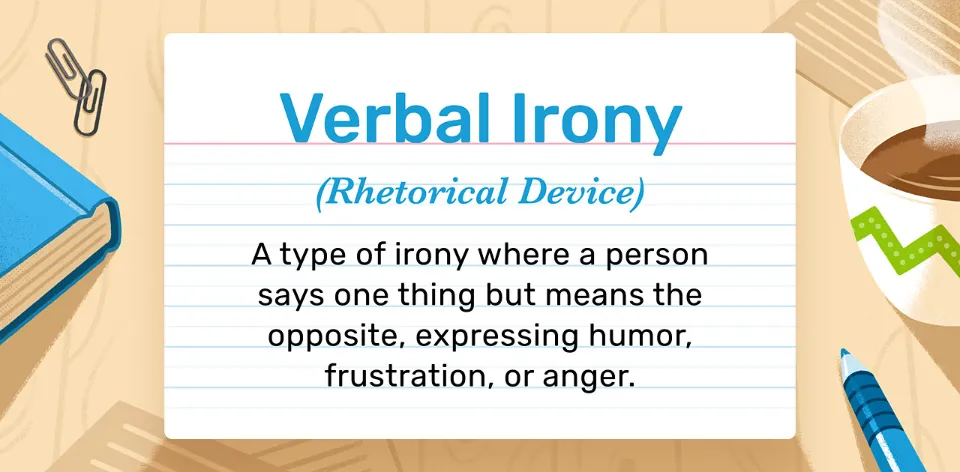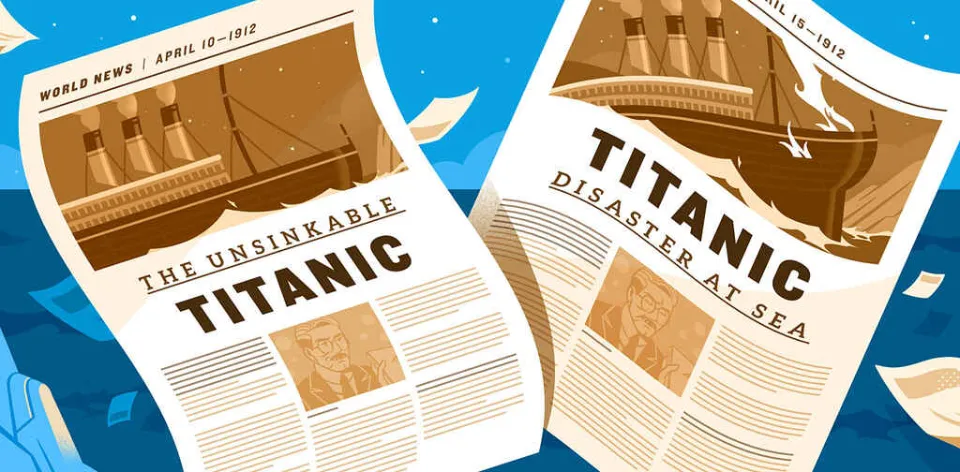Three Types of Irony: Everything You Need to Know
Irony is a literary technique that storytellers use to contrast expectations and reality. There are primarily three types of irony: dramatic, situational, and verbal.
This article will delve into the three common types of irony to help you make sense of this tactic.
Learn more by continuing to read.
Table of Contents
What is Irony?
A literary technique known as irony contrasts expectations and reality. Ironic circumstances are often used by storytellers to add humor, suspense, and to emphasize a particular theme.
By highlighting the incongruity of a situation or action, irony draws attention to a plot point, character trait, or thematic argument.
3 Types of Irony
There are three different types of irony to explore.
Dramatic Irony

Tragic irony is another name for this kind of irony, which happens when the audience is aware of information that the main characters are not. For example, in William Shakespeare’s Othello (1603), Iago is trusted by Othello, but the audience is aware of this.
Another example of dramatic irony is the Greek tragedy Oedipus Rex (circa 429 BCE) by Sophocles, in which the audience foresees the tragic outcome before the main character does.
Situational Irony
Situational irony happens when an expected result is not what happens. For example, in O. Henry’s classic short story, “The Gift of the Magi” (1905), a wife cuts off her long hair to sell it in order to buy her husband a chain for his prized watch. The husband sells his watch in the interim to pay for his wife’s hair comb.
The situational irony comes from each person not expecting to have their gift undercut by the other’s actions. Cosmic irony, which draws attention to discrepancies between the ideal, theoretical world and the ordinary, grounded reality of daily life, is a subset of situational irony.
Verbal Irony

A statement that contradicts the speaker’s intended meaning is said to be verbally ironic. When a speaker says one thing while really meaning another, their intended meaning and literal meaning collide ironically.
Overstatement or understatement are the two main categories for verbal irony. Socratic irony is a type of verbal irony where someone pretends to be ignorant in order to persuade another person to make claims for the sake of argument. Jonathan Swift’s satirical essay, “A Modest Proposal” (1729), is another example of verbal irony.
Final Words: Other Types of Irony
For bonus points, here are a few extra types of irony. They’re perfect for days when you want to dial the irony all the way up to eleven.
Cosmic irony is when irony goes to a whole other, godly level. Why? Because you only encounter it in myths that feature gods with goals that diverge from those of people. These gods might play with human lives for amusement, resulting in a ton of ironic circumstances. What makes something ironic is when human expectations and actual events diverge. Greek legends are where you’ll typically find this kind of irony.
Historical irony is all about real events that – when you look at them in the rearview mirror – turned out a lot different than people predicted. Similar to how Chinese alchemists searching for a method to create immortality discovered gunpowder. Their discovery had an entirely opposite effect.
Tragic irony is a little step up from dramatic irony. It is demonstrated in Romeo and Juliet, where our two lovers learn the truth just in time to avert a tragedy. Thus, the word “tragic” was used.
Read More: How To Become A Grant Writer?
